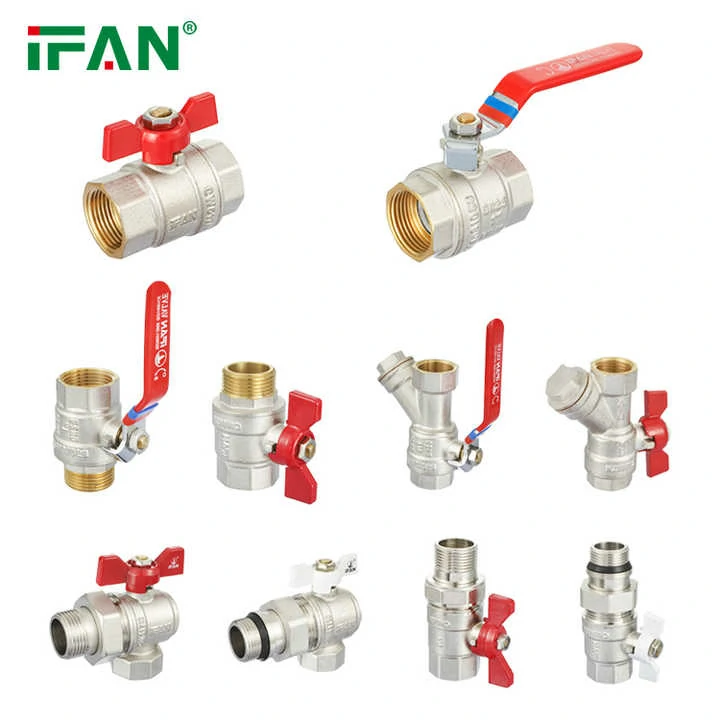Brass ball valves are commonly used in plumbing and industrial systems to control the flow of liquids or gases. Knowing how to properly open a brass ball valve is essential for ensuring smooth operation and preventing damage. This article provides a step-by-step guide to safely and effectively open a brass ball valve.
Understanding the Brass Ball Valve
A brass ball valve consists of a spherical disc with a hole in the center, which controls flow when rotated. The valve handle indicates the position: parallel to the pipe means open, while perpendicular means closed. For example, a 90-degree turn of the handle fully opens or closes the valve.
Checking the Valve Position
Before attempting to open the valve, check its current position. If the handle is perpendicular to the pipe, the valve is closed. For instance, in a water supply system, a closed valve will stop water flow, while an open valve allows it to pass through.
Preparing the System
Ensure the system is ready for the valve to be opened. For example, in a plumbing system, check that all downstream connections are secure to prevent leaks. If the valve controls gas flow, ensure there are no leaks or ignition sources nearby.
Turning the Handle
To open the valve, turn the handle 90 degrees so it aligns with the pipe. Use steady, even pressure to avoid damaging the valve. For instance, forcing the handle too quickly can strip the internal mechanism, leading to leaks or valve failure.

Handling Stuck Valves
If the valve is stuck, avoid using excessive force. Apply a lubricant like WD-40 to the stem and wait a few minutes. For example, gently tapping the handle with a rubber mallet can help loosen it without causing damage.
Verifying the Flow
After opening the valve, verify that the flow is unrestricted. For example, in a water system, check for steady water flow and listen for unusual noises. In a gas system, use a leak detector to ensure there are no leaks.
Maintaining the Valve
Regular maintenance ensures smooth operation of brass ball valves. Clean the valve and lubricate the stem periodically. For instance, inspecting the valve every six months can prevent issues like sticking or corrosion.
Safety Precautions
Always follow safety guidelines when operating brass ball valves. Wear protective gear if handling hazardous materials. For example, in industrial settings, ensure proper ventilation and use gloves to protect against chemical exposure.
In conclusion, opening a brass ball valve is a straightforward process when done correctly. By following these steps and maintaining the valve regularly, you can ensure its reliable performance and longevity. Whether in residential, commercial, or industrial applications, proper valve operation is essential for system efficiency and safety.

